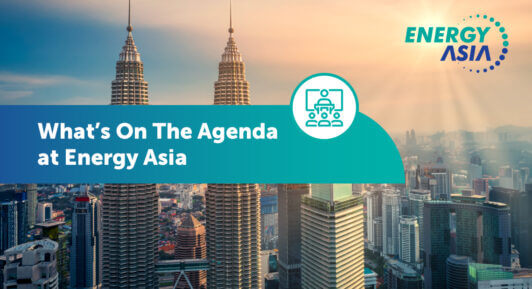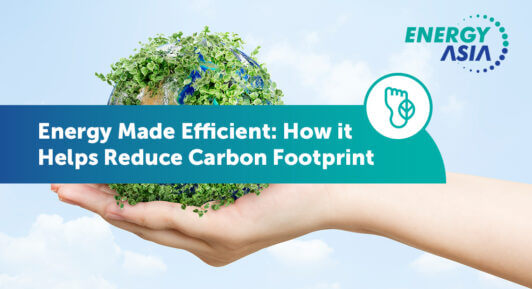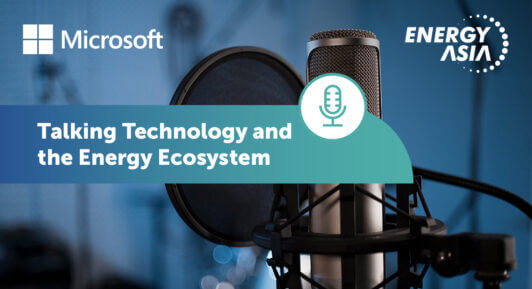Growing Ambition Underpins ASEAN’s Net-Zero Targets
Countries across the world are in a race to achieve net-zero carbon emissions, and the 10 member states of the Association of Southeast Asian Nations (ASEANs) are no exception. This dynamic, diverse region has delivered significant growth over recent decades, but with that growth has come expanding carbon emissions.
The annual greenhouse gas emissions (GHG) of the combined nations of ASEAN reached over 4,000 million metric tons of carbon dioxide equivalent (MTCO2e) in 2021, and are projected to rise further in the near-term as regional development continues to accelerate. Power generation, transport, and industry today account for 86% of total energy-related emissions in ASEAN, framing a remarkable challenge and opportunity for the region in the years ahead.
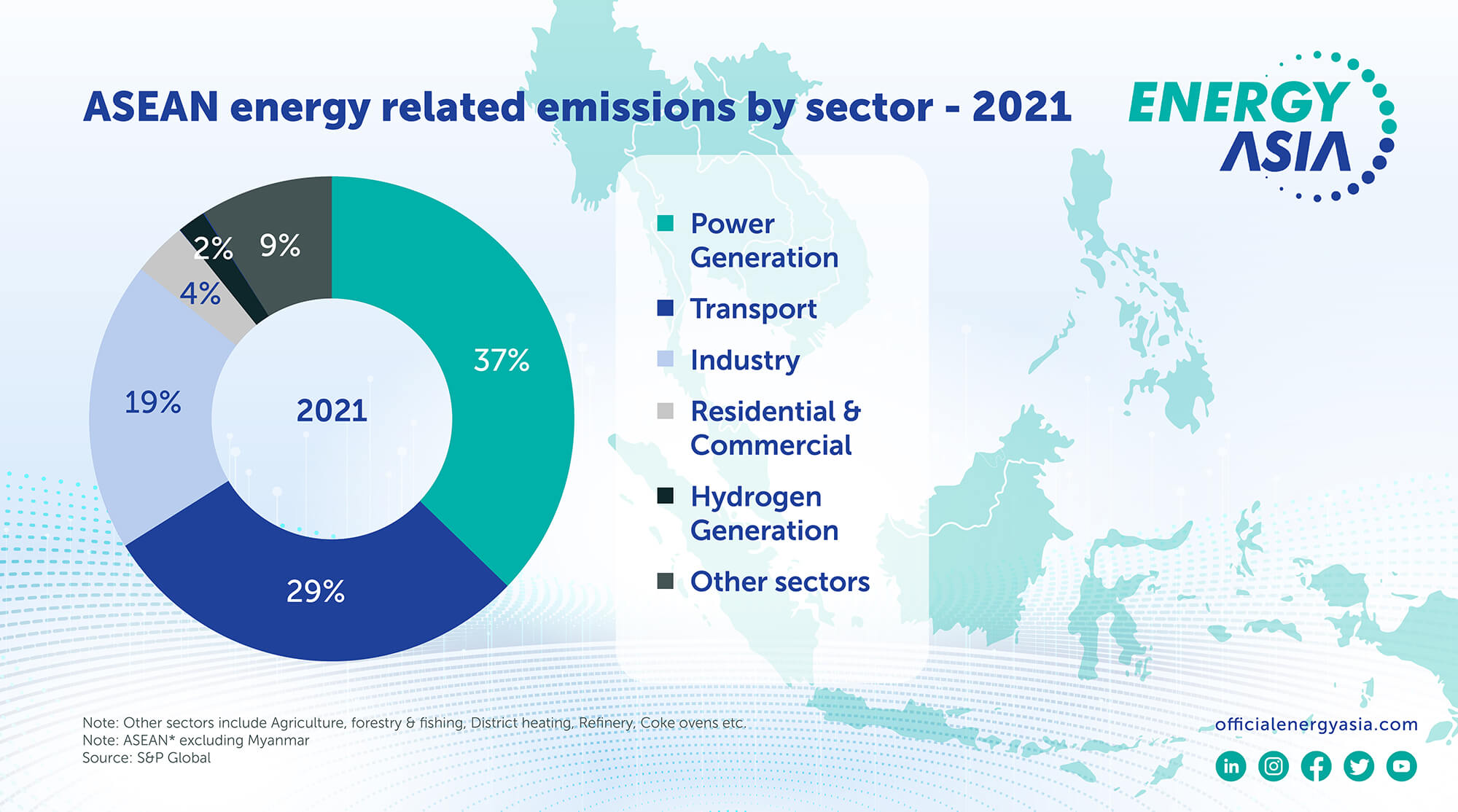
Analysis by S&P Global reveals that under the base scenario, ASEAN’s annual emissions rise by 18% as the population grows by 16% and GDP per capita more than doubles to 2050, putting ASEAN broadly on track with a 2.4°C global warming pathway.
Reducing ASEAN’s carbon footprint and delivering a zero-carbon future for the region will require a radical shift from historic trends in energy and emissions. Under the most ambitious net-zero pathway, that journey sees ASEAN’s GHG emissions fall by 96% relative to 2021, with fossil fuels making up just 30% of total regional energy demand—down from highs of 82% seen in the period 1990-2021.
Achieving zero-net emissions will require carefully planned approaches in a region as diverse as ASEAN, with strategies, technologies, and support that meets the unique needs of each individual market. With nine out of the ten nations of ASEAN now committed, let’s take a closer look at the region’s net-zero carbon emissions by country look today.
Brunei Darussalam
Target: Net zero by 2050
Brunei Darussalam is moving towards net zero by 2050 through energy transition and forest preservation. The country’s nationally determined contributions (NDC) announced under the Paris Climate Agreement have stated a goal of reducing GHG emissions by 20% relative to business-as-usual (BAU) levels by 2030.
Cambodia
Target: Carbon neutral by 2050
Cambodia has targeted a carbon-neutral economy by 2050, with a long-term strategy that ‘takes into consideration the balance between emissions reductions, economic growth, social justice, and climate resilience’. Its updated NDCs target is to decrease emissions by 41.7% by 2030, with half of that reduction in forest and land use (FOLU) and the rest largely focused on energy.
Indonesia
Target: Net zero no later than 2060
Southeast Asia’s largest economy has targets in place to achieve net zero by 2060, although a recent partnership with the Just Transition Alliance aims to deliver a more ambitious target of net-zero emissions for Indonesia by 2050. Indonesia’s enhanced NDCs submitted in 2022 increase unconditional emissions reduction targets against BAU from 29% to 31.89%, and to 43.20% conditional on appropriate support.
Laos
Target: Net zero by 2050
The Lao Ministry of Natural Resources and Environment has targeted net-zero emissions by 2050, with a major focus on land use and low-carbon energy. In its updated NDCs, Laos has committed to unconditionally reduce its GHG emissions by 60% in 2030 compared to the BAU scenario.
Malaysia
Target: Net zero by 2050
Malaysia has committed to achieving net-zero GHG emissions by 2050. Under the 12th Malaysia Plan (12MP), the nation aims to be guided by the pillars of sustainability (economy, social and environment), and aims to achieve net-zero GHG emissions by as early as 2050. It aims to reduce economic-wide carbon intensity against GDP by 45% by 2030, compared to 2005 levels.
Singapore
Target: Net zero by 2050
Singapore is committed to achieving net zero by 2050 as part of its Long-Term Low-Emissions Development Strategy. In its latest NDCs it also commits to reducing its emissions to around 60 MtCO2e in 2030 after peaking its emissions before this date. This includes innovative opportunities to embrace low-carbon power through ongoing power trading agreements.
Thailand
Target: Net zero by 2065
Thailand is focusing its efforts to meet the long-term goal of carbon neutrality by 2050, and net-zero GHG emissions by 2065. Under its NDCs, Thailand aims to reduce GHG emissions by 30% by 2030 compared to a business-as-usual scenario, with a conditional target raised to 40% of emissions with relevant support.
Vietnam
Target: Net zero by 2050
Vietnam has targeted net-zero emissions by 2050. Under the National Climate Change Strategy, the government aims to set a cap on total emissions of 185 MtCO2e in 2050. Vietnam’s NDCs commit to reducing its emissions by 15.8% (unconditional) and by 43.5% (conditional) by 2030 compared to BAU.
Myanmar
Target: Net-zero emissions from land use, land use change and forestry (LULUCF) by 2040
Myanmar’s net-zero target focuses on land use, land use change and forestry (LULUCF) with the goal of achieving net-zero by this measure by 2040. Its total emissions reductions contributions as a part of its NDC are 244.52 million tCO2e unconditionally, and a total of 414.75 million tCO2e, subject to conditions of international finance and technical support by 2030.
The Philippines
Target: No defined net-zero target
The Philippines has committed to GHG emissions reduction and avoidance of 75% between 2020 and 2030, of which 2.71% is unconditional, for the sectors of agriculture, wastes, industry, transport, and energy. In the power sector, the National Renewable Energy Program (NREP) sets out plans to power the grid with a 35% share of renewable energy by 2030, and 50% by 2040. It does not currently have a mandated net-zero target.
As ASEAN seeks to achieve its net-zero journey, short-term opportunities will likely be delivered through energy efficiency, renewable technologies, biofuels, methane abatement, and natural gas bridging away from more polluting fossil fuel technologies. As we look to the future, ASEAN has remarkable opportunities in carbon capture, utilisation and storage (CCUS), continued adoption of renewable energy, and deepening use of biofuels. These key levers will be fundamental to achieving the net-zero aspirations of ASEAN countries.
Energy Asia seeks to provide a platform to inform and energise the net-zero journey for nations across ASEAN and the world, creating a collaborative approach that enables stakeholders across the region to deliver pragmatic, actionable solutions towards a net-zero world.
Join us on 26-28 June, Kuala Lumpur, Malaysia, to help catalyse a net-zero journey for ASEAN

